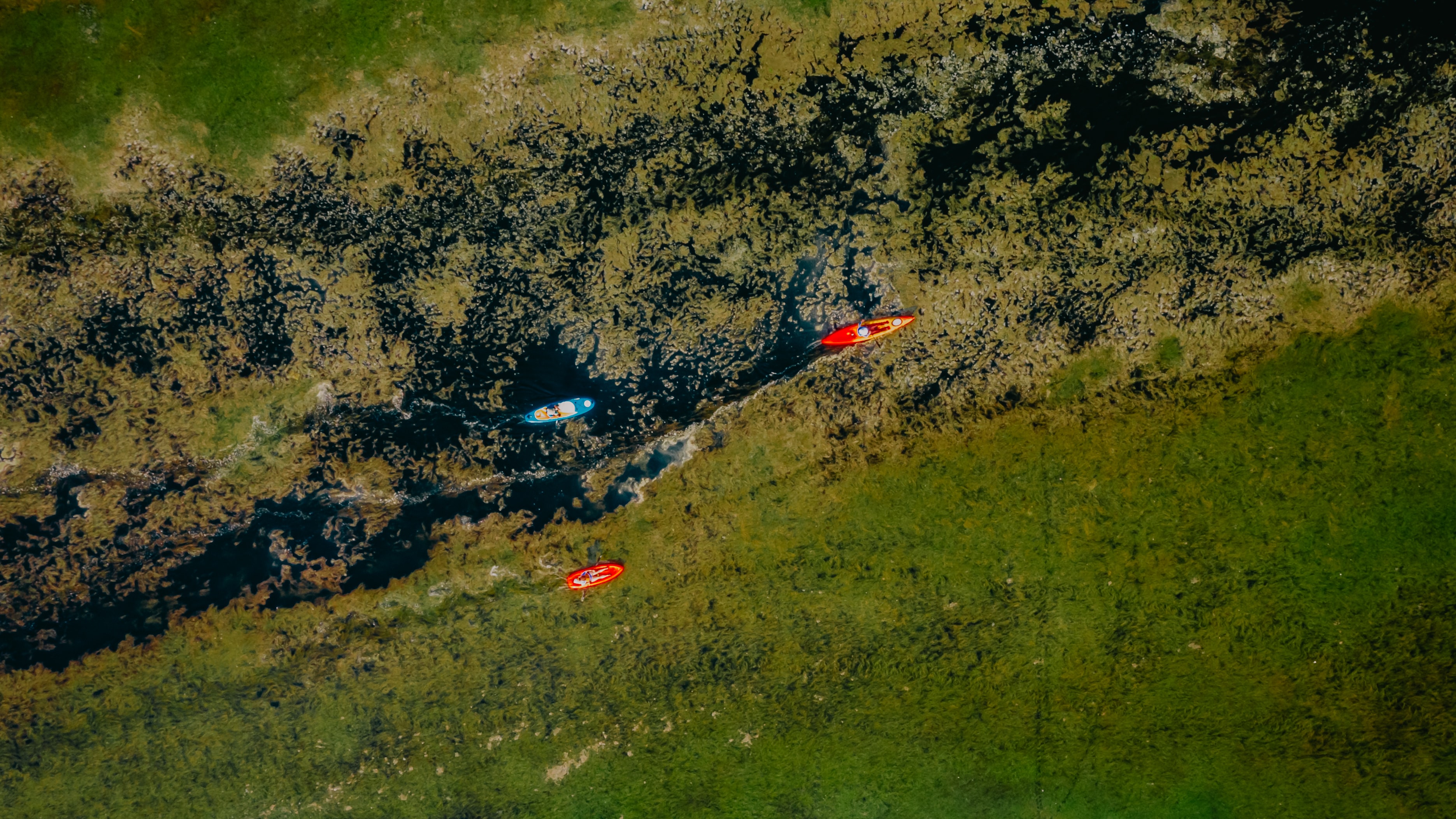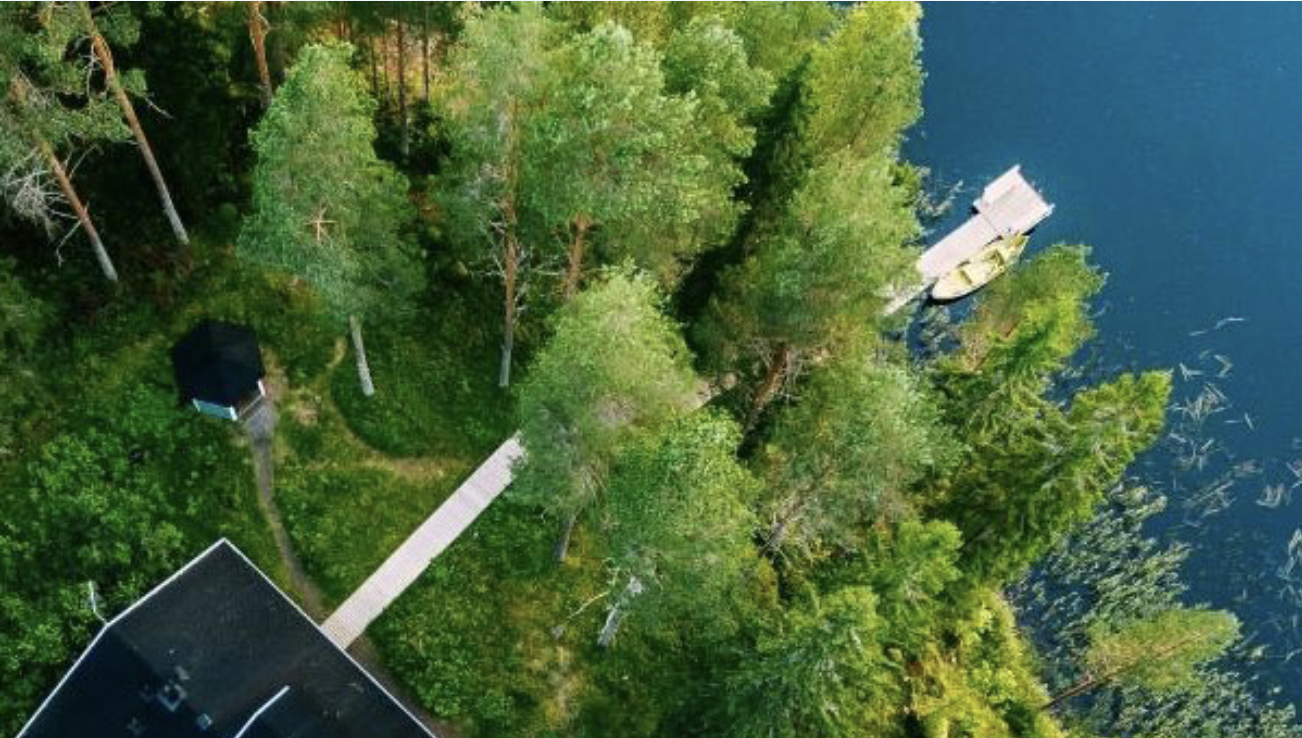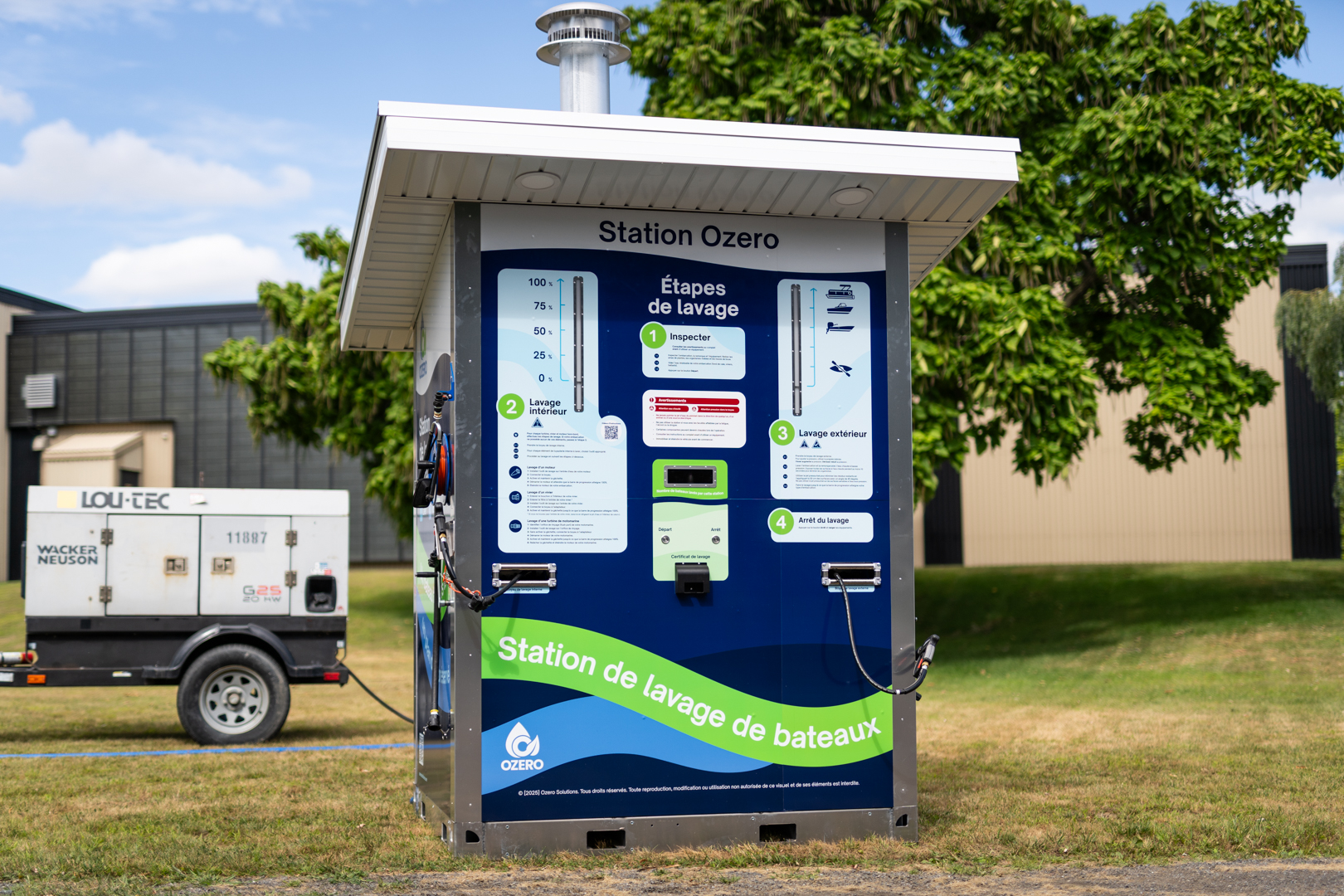AQUATIC INVASIVE SPECIES: THE IMPACTS ON BIODIVERSITY

by Ozero Solutions | February 22, 2024 | Blog
According to the International Union for Conservation of Nature (Government of Canada, 2017), invasive aquatic and exotic species are the second greatest threat to habitat biodiversity. These species are conveyed mainly by human activities and disrupt the delicate balance of aquatic ecosystems. They monopolize resources and multiply, all while displacing or hunting native species.
The primary ways invasive aquatic species enter the environment are from boat hulls and through ballast water discharged from ships. Live bait used in recreational fishing and escaped or discarded species from aquaculture or aquariums also represent a serious problem (Convention on Biological Diversity, 2010). Humans are responsible for introducing approximately 90% of invasive species. A much smaller percentage of introductions are caused by floods, birds and storms.
Aquatic invasive species (AIS) are crowding out native aquatic flora and fauna. Once established in a new environment, AIS are not a quality food substitute for native species. Wildlife species that depend on native species must then move to another habitat, often less conducive to survival. An overabundance of plant AIS also alters water quality by limiting the oxygen level required for fish and other aquatic organisms to survive (MFFP, 2018).
THE HISTORY OF THE NORTHERN PIKE
According to research by the International Union for Conservation of Nature (IUCN, 2021), aquatic invasive species are associated with devastating changes in ecosystems, threatening biodiversity by altering food webs and competing with native species for limited resources.
For example, the introduction of the northern pike into several lakes in the United States, outside of its natural habitat, has led to harmful consequences. Originally from Canada, this species was deliberately introduced to the United States for sport fishing, but its presence has disrupted the ecological balance as it is a voracious predator, thus modifying food chains and disrupting native fish populations.
Studies conducted by the U.S. Geological Survey (USGS, 2019) highlight the negative impacts of the introduction of northern pike into these habitats. Changes in fish species composition can lead to ecological imbalances, affecting not only local biodiversity but also fishing activities and tourism.
LEISURE AND ECONOMY
Filter-feeding invasive mussels (zebra and quagga) increase water clarity and facilitate light penetration. This facilitates the growth of aquatic plants and algae, enabling species such as Cladophora (green algae that grows on rocks) to flourish in deeper areas than normally observed (SOLEC 2008). Algae blooms cause aesthetic and olfactory problems when the algae and the organisms trapped in it wash up on the beach. Decomposition, which generates a foul odour, creates conditions conducive to the proliferation of bacteria (WDNR 2009). This has harmful effects on the health of people who frequent these places.
These alterations in aquatic ecosystems have direct repercussions on human activities. Some aquatic invasive species can damage infrastructure by clogging pipe systems, thereby affecting power plant water supply systems and shipping activities.
AIS create several economic impacts. The commercial and sport fishing industries were hardest hit. Damage and control costs have been estimated at $4.5 billion per year for these sectors (EPA, 2014). These impacts are attributable to reductions in native fish populations, directly caused by competition for resources with invasive species. There is also damage to infrastructure, watercraft, and their equipment. AIS also have significant economic effects on waterfront property values, tourism, utilities, and other industries. Total losses were estimated at $5 billion USD per year in 2005 (for US and Canadian waters inclusive).
HOW DO YOU PROTECT AGAINST AQUATIC INVASIVE SPECIES?
The Regional Public Works Commissioners of Ontario (RPWCO) estimate that every dollar invested in prevention saves $100 that would otherwise need to be spent on control. This is why prevention is the recommended method in the fight against AIS (RPWCO, 2019).
There are several actions that can be taken, including implementing measures to reduce accidental introductions, programs to monitor and quickly detect invasive species, and launching public awareness campaigns to educate about the risks of these introductions. These solutions reduce the risk of invasion by aquatic invasive species.
Washing watercraft is a solution that reduces the risk of spreading AIS through pleasure boat usage. There are pressure washing stations in Quebec to clean watercraft hulls and trailers. The most modern of these stations use hot water and can be used to decontaminate the internal piping of watercraft such as live wells, ballast tanks, jet-ski engines and outboard engine cooling systems. Watercraft that have this equipment represent greater vectors of propagation due to the residual water found inside. It is, therefore, important to rely on up-to-date standards regarding washing stations and to effectively decontaminate internal piping (UMPS, 2016).
PREVENTION IS BETTER THAN CURE
The increasing spread of invasive aquatic species represents a serious threat to the biodiversity of aquatic ecosystems. Effective and coordinated preventative measures are imperative to minimize these impacts and to preserve the richness of aquatic ecosystems for future generations.
Are you concerned about the condition of your region’s bodies of water and want to know what you can do about it? Contact us!

